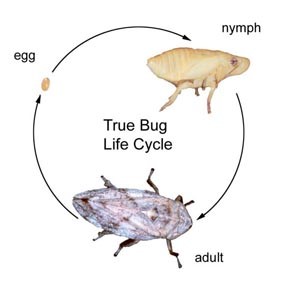Controlling Pests and Diseases
Knowing about pests is important because pests cab damage large numbers of your plants.
Plants can be damaged at any stage of their growth and when they are being stored. Pests cause the loss of one-third of all the food produced in the world.
This amount of food is destroyed by plant pests.
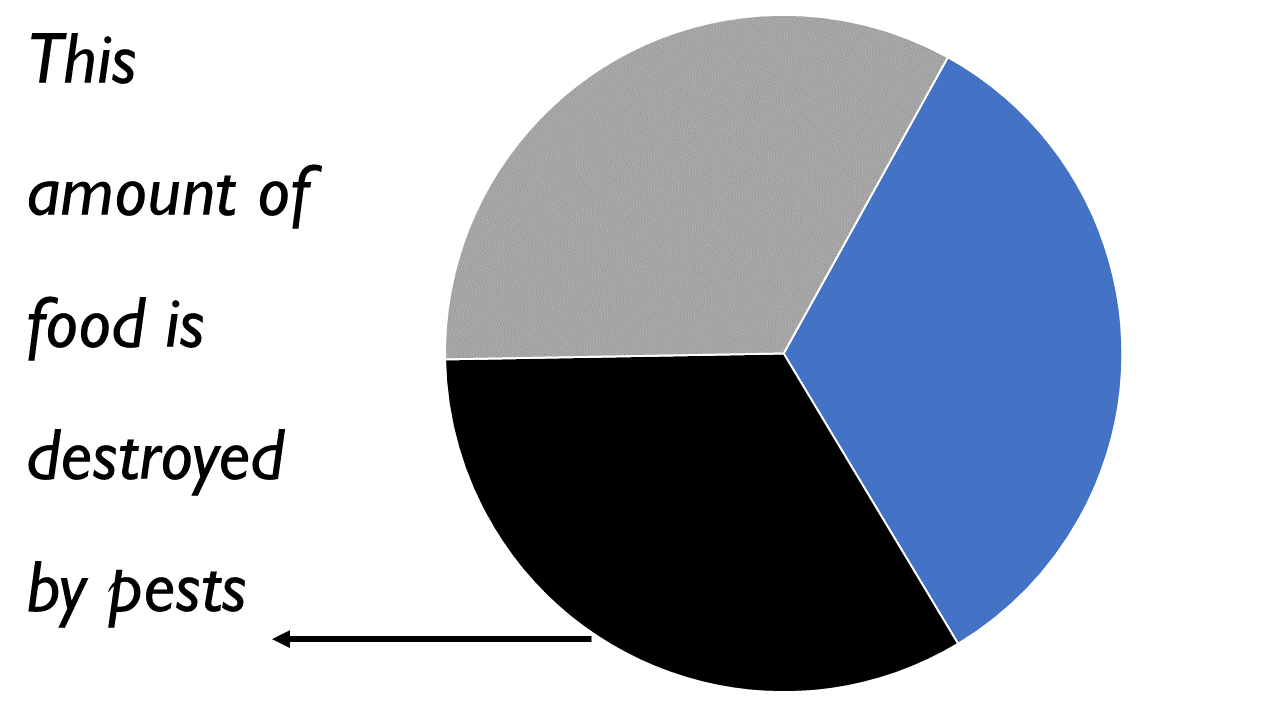
What Pests Are

Plant pests are animals that feed on plants. Most pests are insects but other animals such as snails, birds, rats and monkeys also damage plants. You can easily see insect pests such as grasshoppers, beetles, aphids and caterpillars. Other pests, such as red spiders, are very small and look like specks of red soil on the back of leaves. Nematodes, which are tiny worms that attack the roots and some types of mites are so small that you only see them with a microscope.
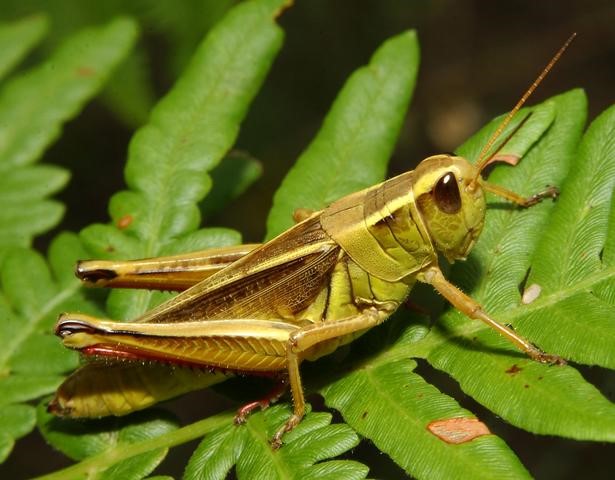
Grasshopper
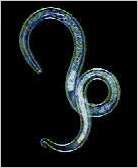
Nematode
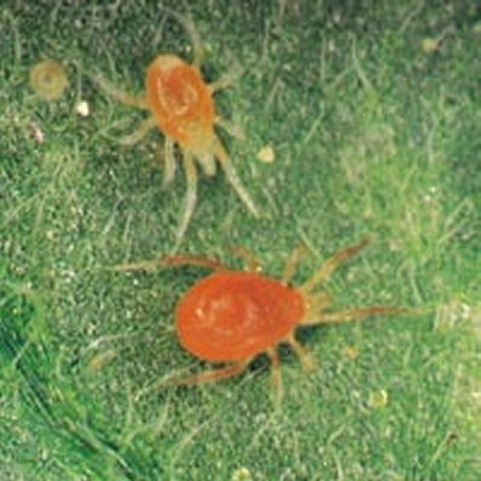
Red Spider Mite
Insects multiply by laying eggs. They can have three or four stages in their life cycles. A life cycle is a time from when an egg hatches until the next eggs are laid. Knowing about the life cycle of a pest can help you to control it.
The Four-Stage Life Cycle
In the four-stage life cycle, larvae come out of the eggs. The larvae do not look like adult insects. Once full-grown, the larvae produce pupae which they change into adults. Examples of insects with four-stage life cycles are moths, butterflies, flies, beetles and bees. It is usually the larvae, not the adults, that damage the crop.
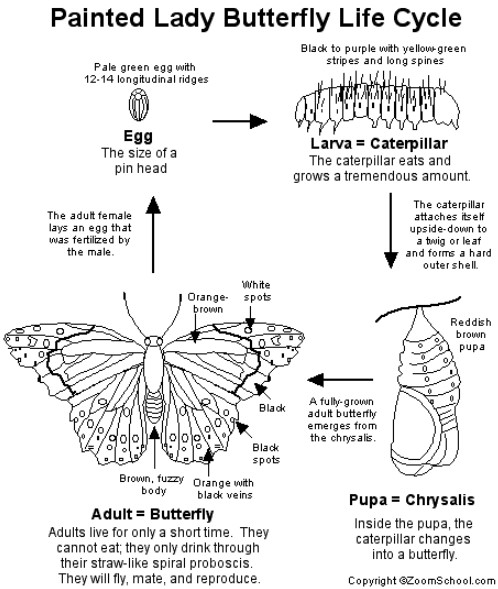
The Three-Stage Life-Cycle
In the three-stage life cycle, nymphs come out of the eggs. The nymphs are the same form as the adults but are smaller and softer and maybe a different colour. Examples of insects with three-stage life cycles are grasshoppers, termites, scales and bugs. By knowing the life-cycle of pests you can find out how to control them.
